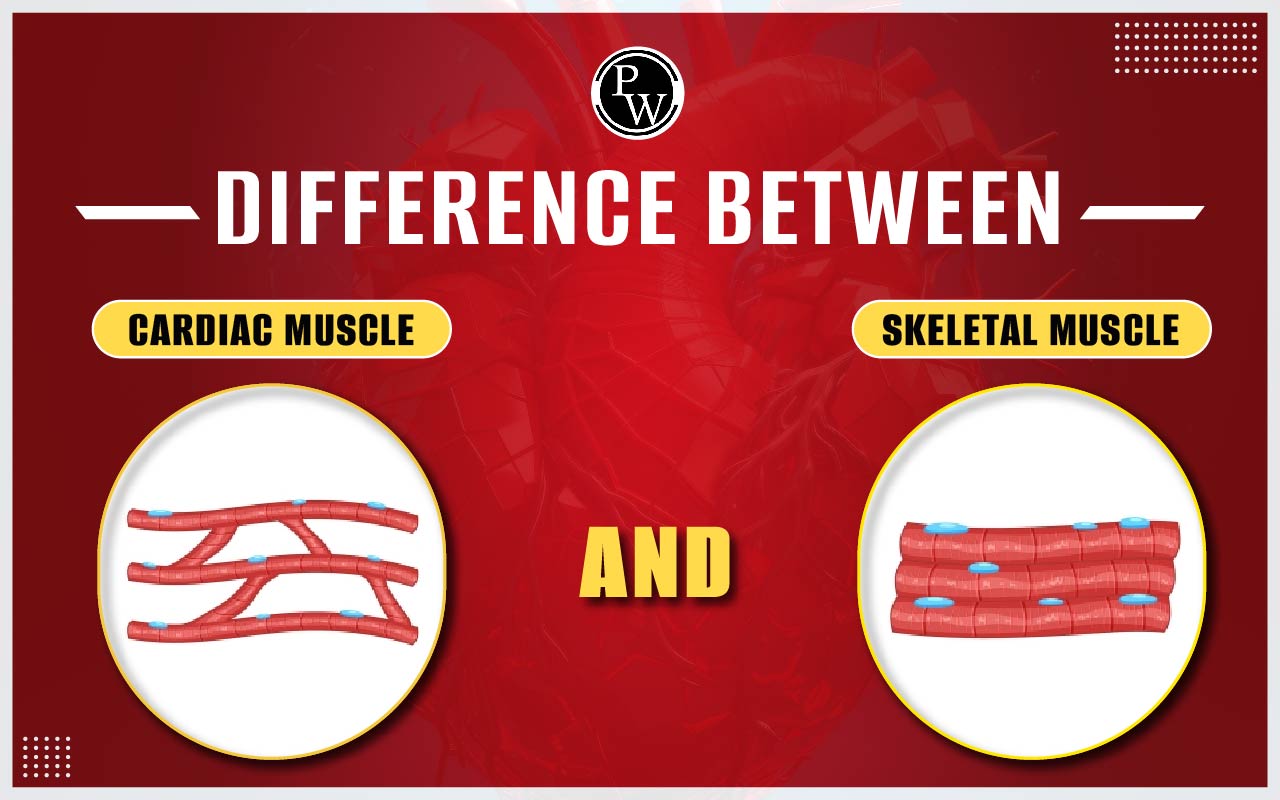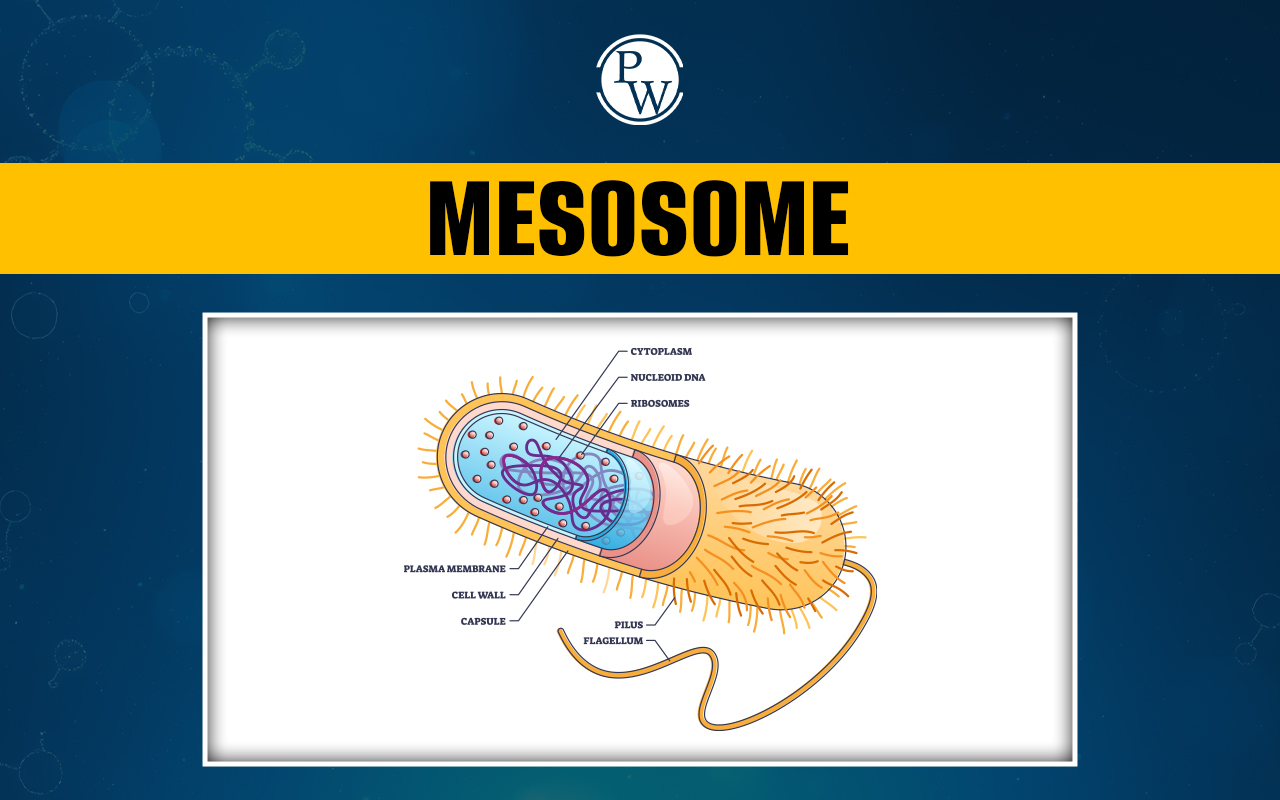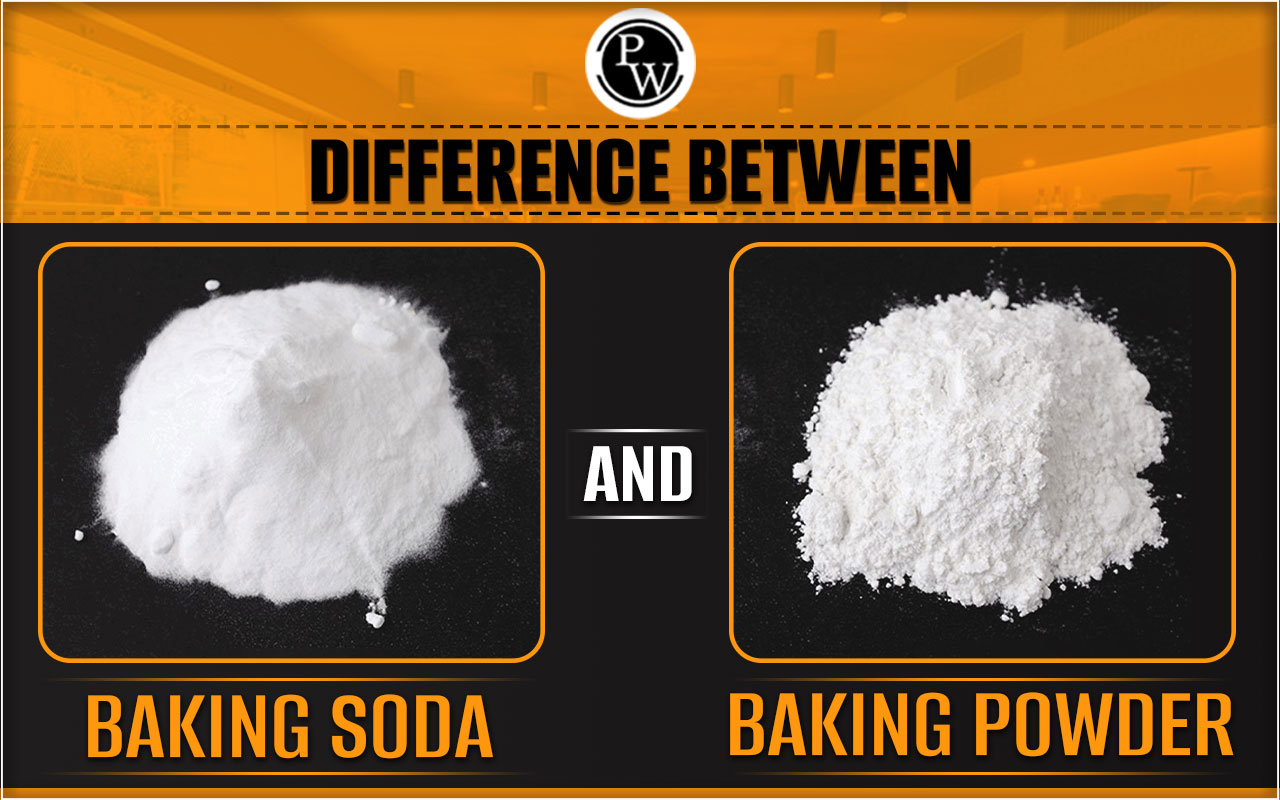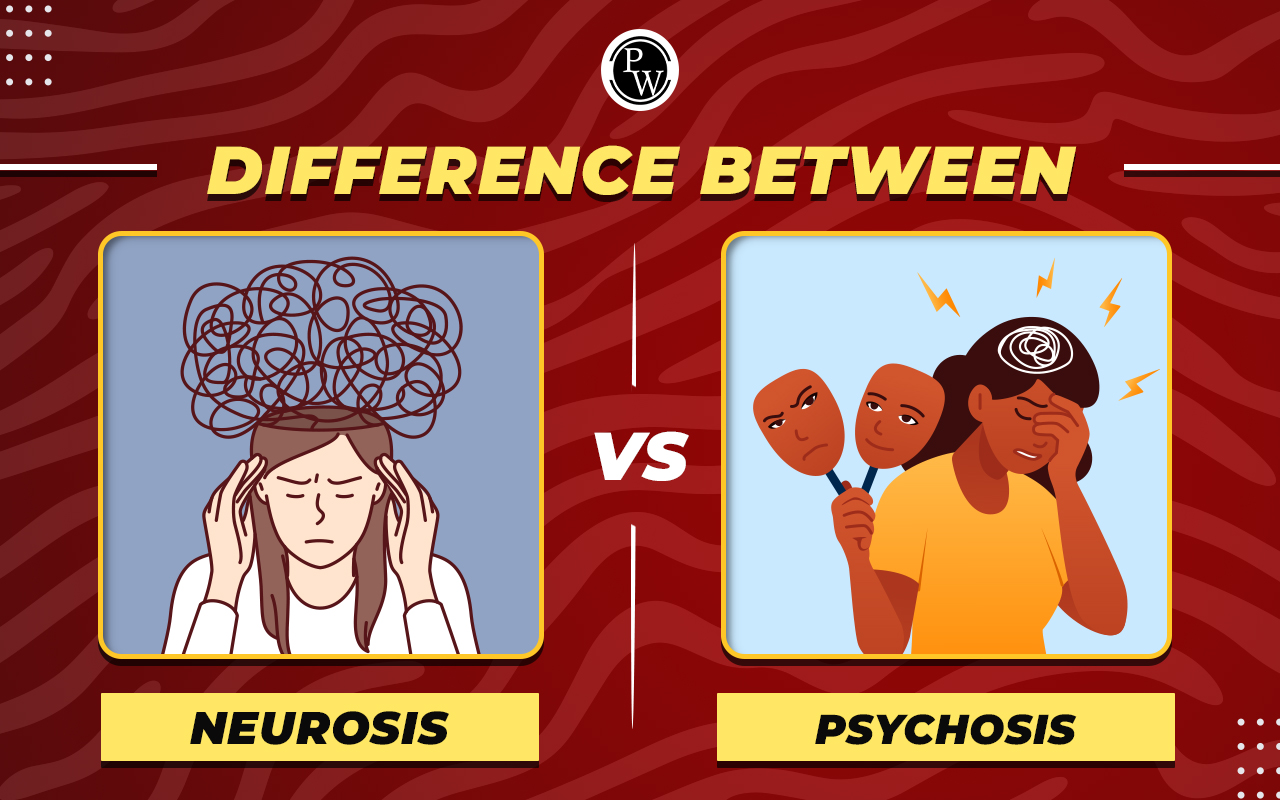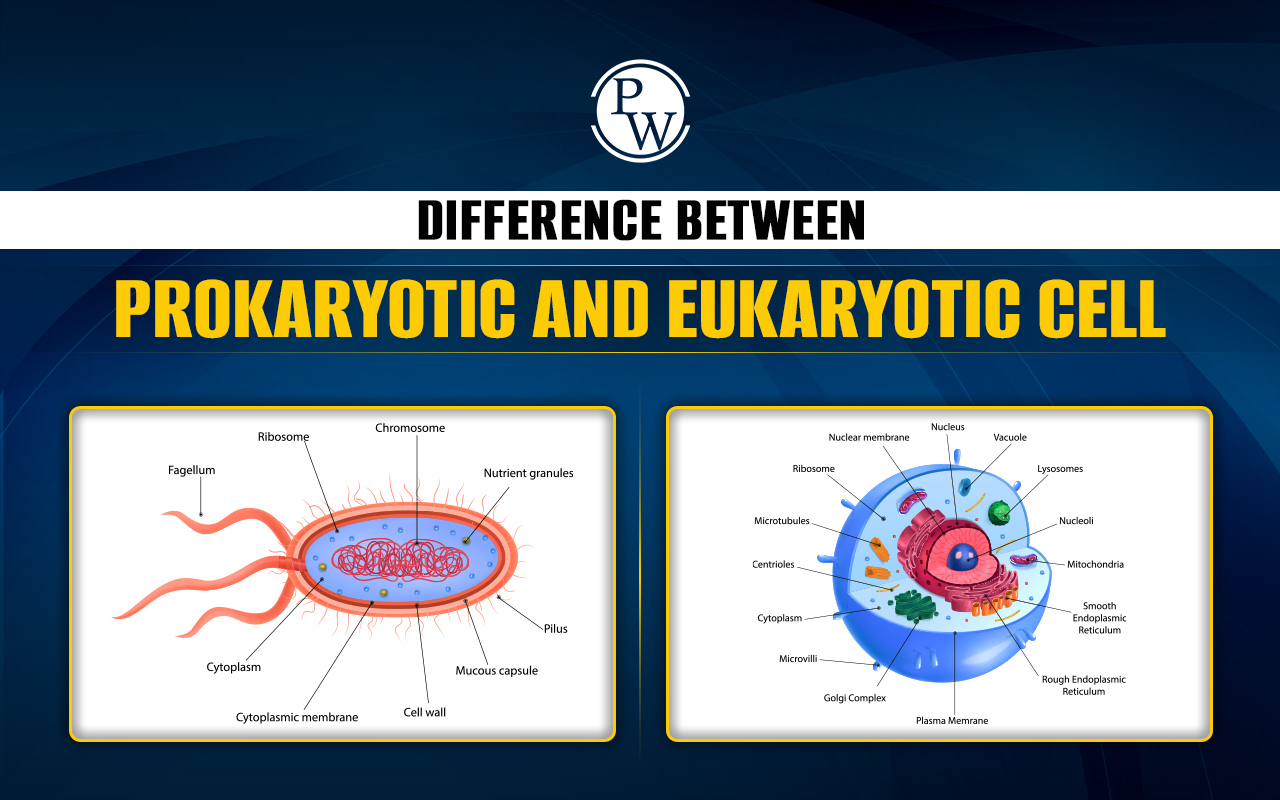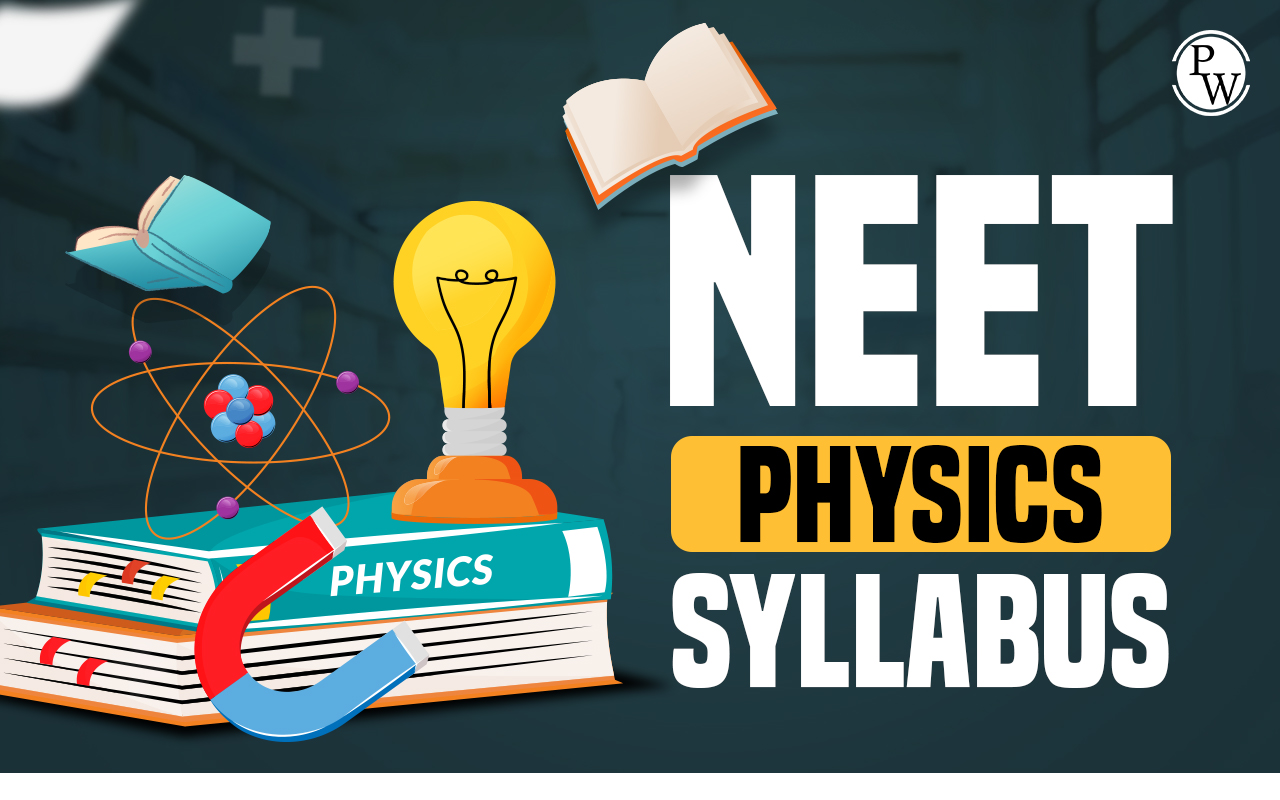
Difference Between Ideal Gas and Real Gas: Matter can be present in three forms solid, liquid, or gas. Solids have a set of shapes, like ice. Liquids, like water, take the shape of their container as their particles move. Gases, such as air, have free-moving particles.
| NEET Chemistry Syllabus | NEET Chemistry Important Questions with Answers |
| NEET Chemistry Chapter wise Weightage | NEET Chemistry MCQs |
| NEET Chemistry Notes | NEET Chemistry Formulas |
Gases can be real or ideal. Ideal gases are tiny with nearly no mass, like invisible points. Real gases, although small, take up space and have volume. So, in simple terms, matter can be solid, liquid, or gas, and gases can be ideal or real, each with its own special characteristics. This concept is extremely important and interesting and every NEET aspirant must understand it and excel in their NEET preparation.
Difference Between Ideal Gas and Real Gas Overview
Understanding the difference between ideal gases and real gases is like comparing a perfect theory to what happens in the real world. Ideal gases are like imaginary friends; they don't take up any space, and there are no forces between them. Real gases, like real friends, have some size and experience forces. While ideal gases follow a simple rule everywhere, real gases have to deal with more complex rules, especially when things get hot or cold or when the pressure is very high. It's like comparing a perfect idea to how things work in everyday situations.Difference Between Ideal Gas and Real Gas
NEET aspirants can understand ideal and real gas by comparing them with real and imaginary friends. Ideal gases are those gases that have no size or push each other, while real gases are like real friends, taking up space and having some force. Real friends have more complicated rules, especially when it's very hot or cold or when they are under pressure. Having knowledge of this concept helps us understand gases in the real world.| Difference Between Ideal Gas and Real Gas | ||
|---|---|---|
| Parameters | Ideal Gas | Real Gas |
| Particle Size | Negligible, considered as point particles. | Has a finite size; particles occupy space. |
| Intermolecular Forces | Assumes no intermolecular forces between particles. | Experiences intermolecular forces. |
| Volume Occupied | Occupies no volume; treated as point masses. | Occupies a volume due to particle size. |
| Pressure-Volume Behavior | Follows ideal gas law (PV = nRT) exactly. | Deviates from ideal behavior at high pressures and low temperatures. |
| Temperature-Volume Behavior | Shows infinite compressibility. | Exhibits limitations on compressibility. |
| Equation of State | Described by the ideal gas law. | Described by various equations accounting for deviations. |
| Real-World Applications | Used for theoretical calculations and conceptual understanding. | Applied in practical scenarios, considering deviations from ideal behavior. |
Ideal Gas Definition
An ideal gas is a theoretical concept in physics and chemistry that is characterized by the assumption that its particles have negligible volume and do not exert intermolecular forces. The behavior of an ideal gas is described accurately by the ideal gas law,PV=nRT
where P is pressure,
V is volume, n is the number of moles, R is the ideal gas constant, and T is temperature. Ideal gases are considered to follow this law precisely under all conditions. However, in reality, no gas perfectly adheres to these idealized assumptions.Example of Ideal Gas
Consider a hypothetical gas that perfectly follows the ideal gas law at all pressures and temperatures. This is an idealization and does not exist in reality.Real Gas Definition
A real gas is a gas that deviates from ideal behavior, accounting for factors such as the finite size of gas particles and intermolecular forces. Unlike ideal gases, real gases have measurable volumes, and their behavior is described by more complex equations of state, such as the Van der Waals equation. Real gases are encountered in everyday scenarios and exhibit deviations from ideal behavior, especially at high pressures and low temperatures.Example of Real Gas
Consider a sample of nitrogen gas at high pressure or low temperature. Its behavior deviates from the predictions of the ideal gas law, making it an example of a real gas. Elevate your preparation with our NEET Online Coaching and get access to expert guidance, interactive video sessions, and comprehensive study materials. Candidates can study comfortably from home, boost their confidence, and excel in the NEET exam with ease.Difference Between Ideal Gas and Real Gas FAQs
What is an ideal gas, and how does it behave?
An ideal gas is a theoretical concept with negligible particle volume and no inter molecular forces. It follows the ideal gas law precisely under all conditions.
How do real gases differ from ideal gases?
Real gases deviate from ideal behavior due to factors like particle size and intermolecular forces. They require more complex equations, such as the Van der Waals equation.
Can ideal gases exist in reality?
Ideal gases are a theoretical concept and don't exist in reality. They serve as a simplified model for understanding gas behavior.
What factors cause real gases to deviate from ideal behavior?
Real gases deviate at high pressures and low temperatures due to factors like the finite size of particles and intermolecular attractions.
Why is understanding the difference between ideal and real gases important?
Understanding these differences is crucial for bridging theoretical concepts with real-world applications, especially in areas where gas behavior becomes more complex.
🔥 Trending Blogs
Talk to a counsellorHave doubts? Our support team will be happy to assist you!

Check out these Related Articles
Free Learning Resources
PW Books
Notes (Class 10-12)
PW Study Materials
Notes (Class 6-9)
Ncert Solutions
Govt Exams
Class 6th to 12th Online Courses
Govt Job Exams Courses
UPSC Coaching
Defence Exam Coaching
Gate Exam Coaching
Other Exams
Know about Physics Wallah
Physics Wallah is an Indian edtech platform that provides accessible & comprehensive learning experiences to students from Class 6th to postgraduate level. We also provide extensive NCERT solutions, sample paper, NEET, JEE Mains, BITSAT previous year papers & more such resources to students. Physics Wallah also caters to over 3.5 million registered students and over 78 lakh+ Youtube subscribers with 4.8 rating on its app.
We Stand Out because
We provide students with intensive courses with India’s qualified & experienced faculties & mentors. PW strives to make the learning experience comprehensive and accessible for students of all sections of society. We believe in empowering every single student who couldn't dream of a good career in engineering and medical field earlier.
Our Key Focus Areas
Physics Wallah's main focus is to make the learning experience as economical as possible for all students. With our affordable courses like Lakshya, Udaan and Arjuna and many others, we have been able to provide a platform for lakhs of aspirants. From providing Chemistry, Maths, Physics formula to giving e-books of eminent authors like RD Sharma, RS Aggarwal and Lakhmir Singh, PW focuses on every single student's need for preparation.
What Makes Us Different
Physics Wallah strives to develop a comprehensive pedagogical structure for students, where they get a state-of-the-art learning experience with study material and resources. Apart from catering students preparing for JEE Mains and NEET, PW also provides study material for each state board like Uttar Pradesh, Bihar, and others
Copyright © 2025 Physicswallah Limited All rights reserved.
